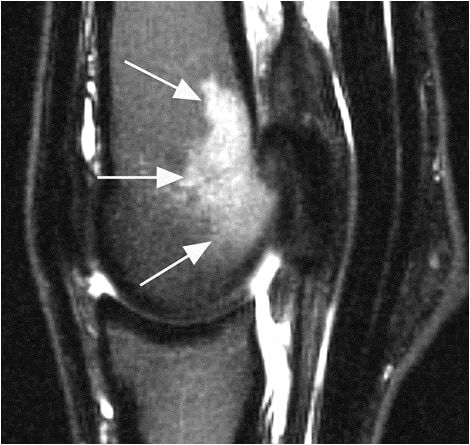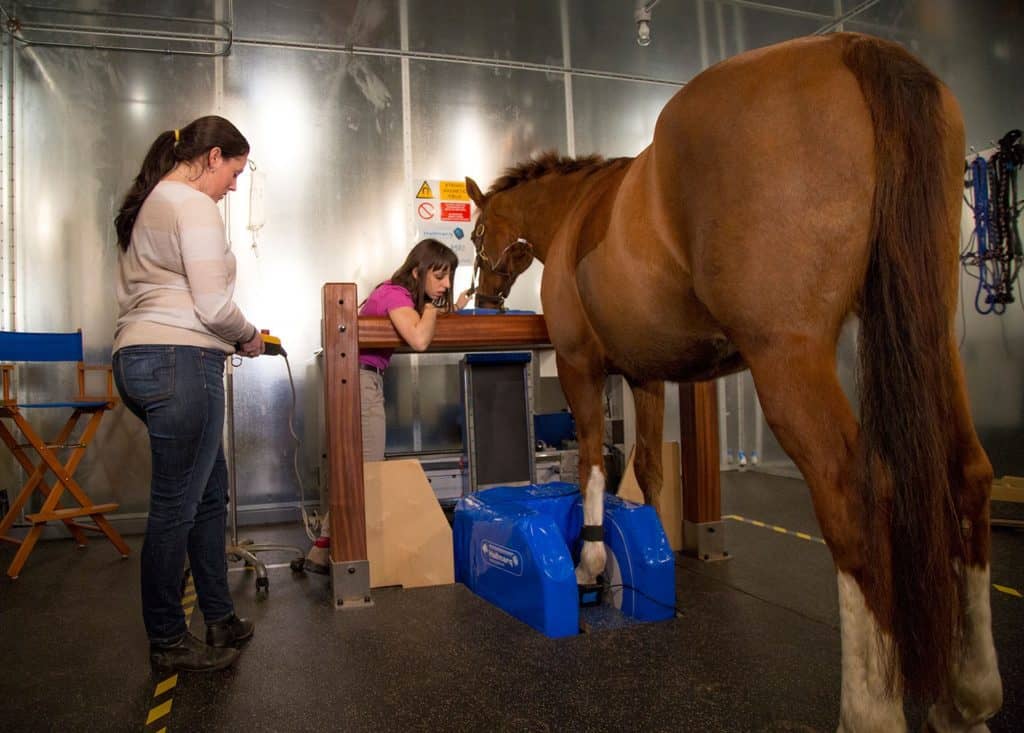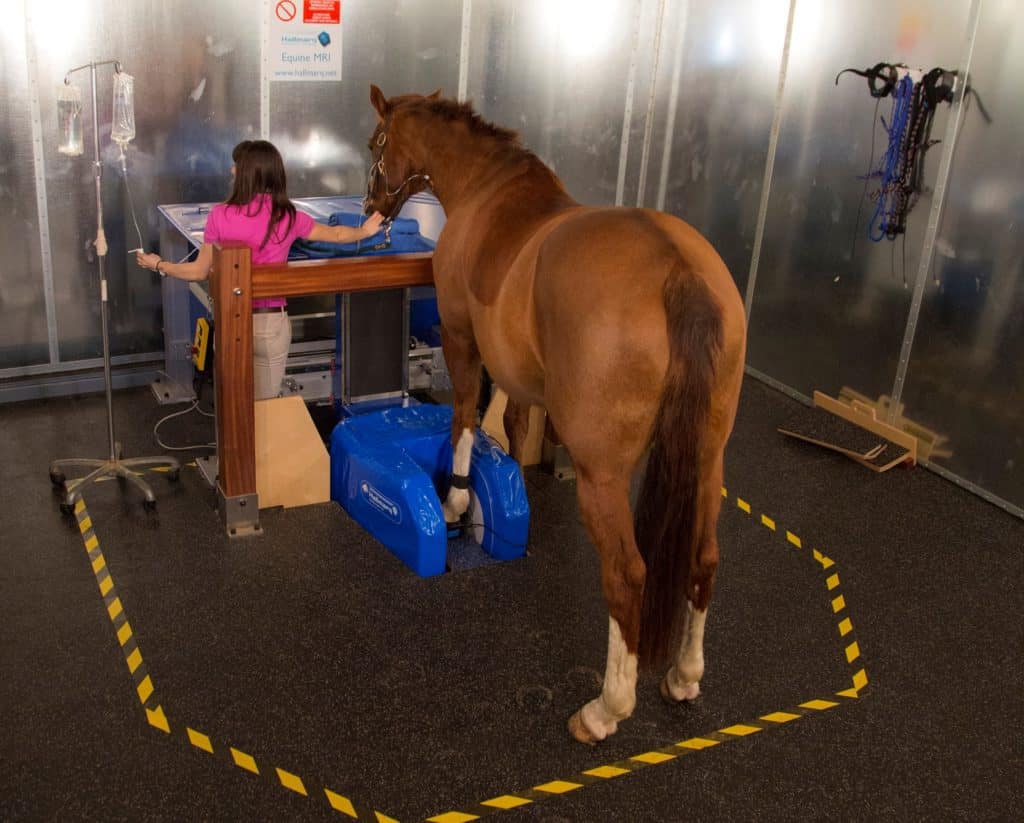
Poll Recap: Complementary Therapies
Of the 665 respondents, 220 (33%) said their horses receive chiropractic care on a routine basis.

Of the 665 respondents, 220 (33%) said their horses receive chiropractic care on a routine basis.

A properly fitting saddle is key to keeping any ridden horse healthy and performing at its best.

Dr. Elizabeth Santschi recaps studies on fracture recovery, joint injections, sarcoid treatments, and more.

Vets use MRI to identify issues and prescribe targeted treatment to give the horse the best chance at returning to work.

A hereditary disease–skeletal atavism–leads to disturbed skeletal development and usually requires euthanasia.

Researchers found that MRI images of bone thickness could provide critical information about fracture risk.

Horses can appear lame in the front limb when the real lameness is the hind limb on the same side, researchers found.

Veterinarians use imaging technologies to evaluate, diagnose, and ultimately treat lameness in the lower leg and foot.

Hoof care experts discuss common equine foot issues, including club feet, underrun heels, and mismatched feet.

Tweets and take-homes from sessions on lameness, rehabilitation, equine back issues, and more!

Tweets from the Kester News Hour and other sessions on dental care, soft tissue injuries, saddle fit, and more.

Take a look at the evolution of diagnosing distal limb lameness in sport horse practice with Dr. Brendan Furlong.

Learn how acupuncture is used to supplement conventional therapies and treatments given to equine patients.

The British survey results also suggest that lamenesses are more likely to originate in the limb than in the foot.

Researchers found that standing MRI is effective for viewing the difficult-to-image ligaments in the horse’s lower legs.

Horses’ knees are prone to both congenital and acquired lameness problems. Here’s what you need to know.
Stay on top of the most recent Horse Health news with
"*" indicates required fields